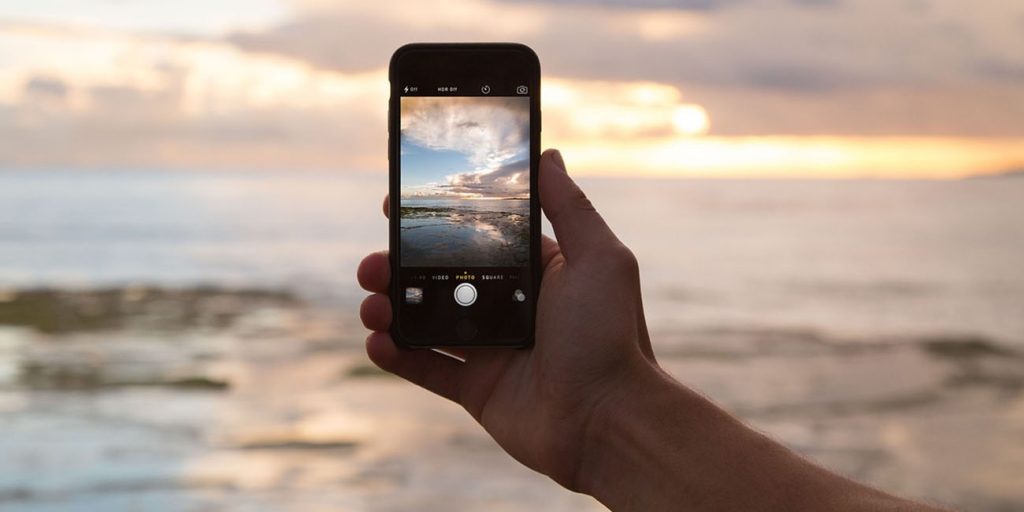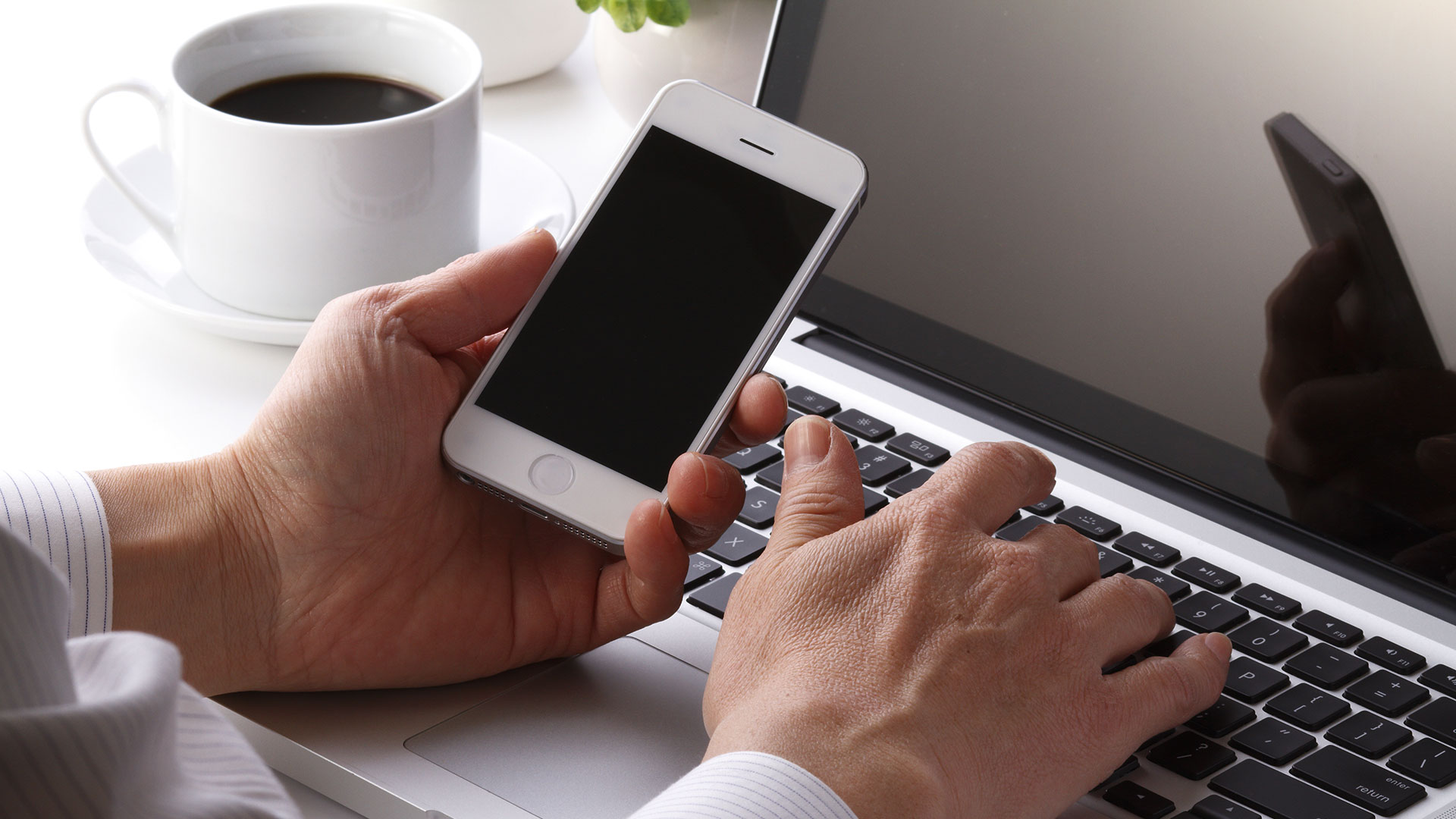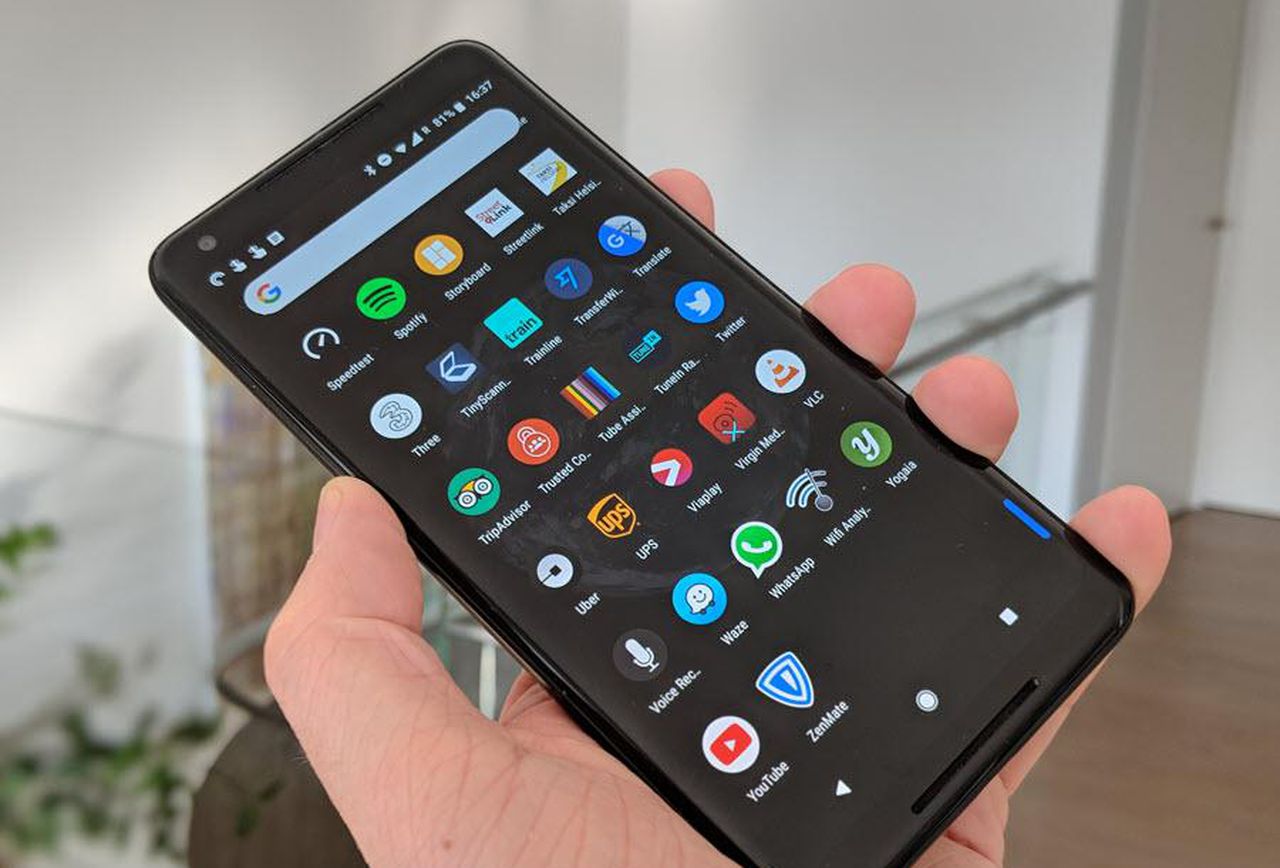
4 Advantages and Disadvantages of Smartphone Photography
Today, out of every 10 people, 8 own smartphones. Wherever you go, you will see everyone with a smartphone. We all owe it to technological advancements. One great feature about smartphones is that they do come with an inbuilt camera. All smartphones have a camera. This makes it easy for you to take photographs and capture memories irrespective of where you are.
The camera feature has become a must-have in smartphones to the point that big brands such as Samsung and Apple invest in installing high-quality cameras on their mobile phones to take clear and concise images.
Nonetheless, mobile photography does have its advantages and disadvantages. Below, we are going to discuss in details the pros and cons of smartphone photography.
The Advantages
1. Smartphone Cameras are Small and Light
Unlike regular cameras, smartphone cameras are super small and light. You can easily carry your smartphone in your pocket or bag without being inconvenienced in any way. But, for regular cameras, most of them are relatively big and heavy.

You have to carry them in a specialised bag. With a smartphone camera, you don’t have to hang it on your neck all day long. It’s all a matter of taking a pic and putting it back in your pocket. Plus, you won’t have to carry extra lenses, flashgun and such accessories.
2. Convenience
Smartphone photography is quite convenient. You can practically take photos of anything, anywhere. Being of compact size, you can carry it along wherever you go. And any time you notice an image that is worth capturing, you can take your smartphone out.
3. Ability To Share On Social Media
Have you just landed in Hawaii? Do you want to show your friends where you are? You can then take a picture and share it on Instagram or Facebook with your smartphone. Unlike the standard cameras, you will have to transfer the pictures from the camera to your PC then to your phone.
4. You Can Back Up To The Cloud
One main advantage of smartphone photography is that you can back up your photos to the cloud. This assures that your pictures won’t be lost. Unlike using a regular camera to take photographs, you can’t back up to the cloud. And, in case the memory card becomes corrupted, you have a high chance of losing your photos.
The Disadvantages
1. Smartphone Photography Lacks Professionalism

The downside to smartphone photography is that it doesn’t allow room for professionalism. When using a smartphone camera, it may be impossible to frame and compose a shot to appear professional. You are more likely to take better shots when using a standard camera than a smartphone.
2. Low Picture Quality
Most smartphones have cameras that have less than 12 MP. This means that the picture quality won’t be that great. Moreover, the sensors are usually small and don’t feature an optical zoom. Even the high-end smartphones can’t take better pictures than cameras.
3. Smartphone Photography Doesn’t Allow Manual Camera Control
Smartphone cameras have limited manual control options. Unlike the regular cameras, you can’t control the aperture, depth of field, lighting amongst other features. Smartphones only allow you to zoom in or out and maybe regulate the shutter speed.
Smartphone photography has increased in popularity. This is due to the high number of people with smartphones. However, it does have its advantages and disadvantages. It is now up to you to decide whether smartphone photography is ideal for you or not.
